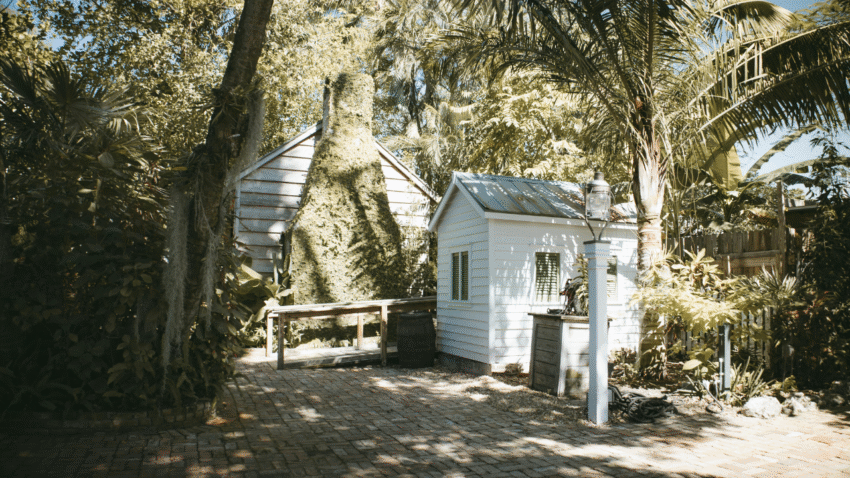Introduction
Wood rot is one of the biggest threats to a shed’s lifespan. Over time, moisture and poor ventilation can cause wood to decay, leading to structural damage, leaks, and costly repairs. Learning how to prevent rot in shed wood is essential to protect your investment and keep your shed looking and functioning like new. This guide explains practical steps you can take to stop wood rot before it starts.
Why Preventing Wood Rot Matters for Your Shed
Rot weakens wood, making your shed unstable and unsightly. Once rot sets in, repairs can be expensive and time-consuming. Preventing wood rot ensures your shed stays strong, weather-resistant, and secure for years to come. A well-maintained shed also improves curb appeal and saves money on long-term upkeep.
Step-by-Step Guide to Preventing Rot in Shed Wood
1. Choose Treated Lumber
When building or repairing a shed, use pressure-treated wood. Treated lumber is infused with preservatives that resist moisture, insects, and fungus.
2. Elevate the Shed Foundation
Keep the shed base above ground level to prevent water pooling around it. Concrete blocks, gravel pads, or pavers provide a moisture barrier under the shed.
3. Seal All Exposed Wood
Apply exterior-grade sealant, stain, or paint to protect wood surfaces from rain and humidity. Reapply every 2–3 years for best results.
4. Install Proper Roofing and Gutters
A good roof and gutters prevent rainwater from dripping down the shed walls. Make sure water drains away from the shed rather than pooling at the base.
5. Improve Ventilation
Poor airflow traps moisture inside the shed, increasing the risk of rot. Add vents near the roofline or windows to keep air circulating.
6. Check for Leaks Regularly
Inspect your shed roof, windows, and doors for leaks. Fix gaps with caulk or weatherstripping to keep water out.
7. Keep Surrounding Areas Clear
Avoid stacking firewood, soil, or mulch directly against the shed walls. These materials hold moisture and can speed up wood decay.
8. Inspect the Shed Annually
Look for early signs of rot, such as soft spots, discoloration, or a musty smell. Addressing issues quickly prevents more serious damage.
9. Maintain the Paint or Stain
Repaint or restain the shed exterior every few years to maintain a strong protective barrier.
10. Fix Drainage Issues Around the Shed
If water collects near your shed, consider adding a gravel trench or French drain to divert water away.
Common Mistakes to Avoid
- Mistake 1: Using untreated lumber.
Solution: Always choose pressure-treated wood for outdoor structures. - Mistake 2: Skipping sealant.
Solution: Paint or stain all exposed wood to protect it from moisture. - Mistake 3: Placing the shed on bare soil.
Solution: Elevate the shed on concrete blocks, gravel, or pavers to keep the base dry. - Mistake 4: Ignoring ventilation.
Solution: Install vents to reduce humidity and improve airflow. - Mistake 5: Neglecting regular inspections.
Solution: Check your shed yearly for leaks or soft spots and address problems immediately.
Extra Shed Tips & Hacks
- Apply a wood preservative to the bottom edges of boards that are closest to the ground.
- Add metal flashing along the shed base to reduce water splashing onto the wood.
- Use rain diverters or splash guards if your roof drains water near the shed walls.
Check out our guide on how to plan permits for shed building if you’re starting a new shed project and want it built to last.
Conclusion
Preventing wood rot is one of the best ways to extend your shed’s lifespan and avoid expensive repairs. By using treated lumber, sealing wood, and maintaining proper drainage and ventilation, you’ll protect your shed from moisture damage for years to come.
Bookmark this guide to keep your shed strong and rot-free all year round!
